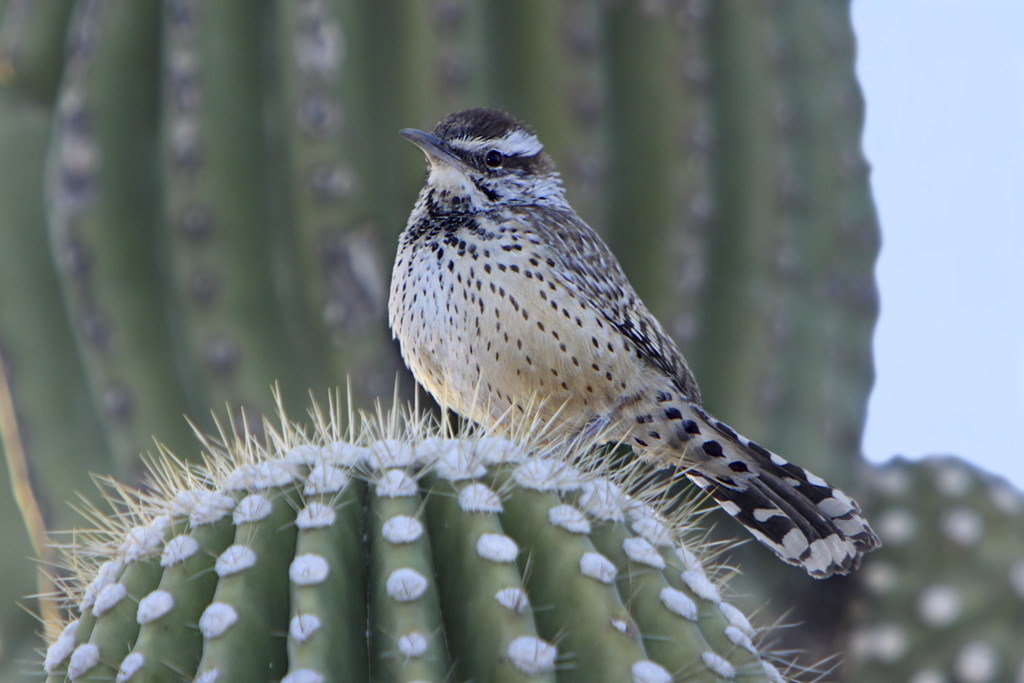Charger images
Les formats d'image autorisés sont de type jpeg, png ou gif
La taille maximale du fichier doit être de 20MB
.jpg)

 2.jpg)
Picknick area and look out within the great Joshua Tree National Park. Awesome trees and interesting birds.
Joshua Tree National Park is named after the Joshua trees (Yucca brevifolia) native to the Mojave Desert. Encompassing a total of 795,156 acres (3,217.9 km2) the park includes 429,690 acres (1,738.9 km2) of designated wilderness. More than 250 bird species inhabit or visit the park, including resident desert birds such as the Greater roadrunner, Cactus wren, Northern mockingbird, LeConte's thrasher, Verdin, Ladder-backed woodpecker, Loggerhead shrike and Gambel's quail. About 78 species nest and raise their young within the park. Many migrating species spend only a short time feeding and resting at Joshua Tree, mainly in the winter, as the park lies along an inland stretch of the Pacific Flyway.
Quail Springs Picnic Area is the first picnic area along Park Boulevard when entering from the west entrance. Click on the P in the map for directions or coordinates. Picnic tables and grills are nestled among Joshua trees, small trees, and shrubs, next to large rock formations. The area also contains pit toilets and has trailheads for the Quail Springs Historic Trail and Ryan Johnnie Connector Trail as well as quick access to the Boy Scout Trail. Make sure you always take enough water with you when walking in Joshua Tree National Park.
Photos Quail Springs Picnic Area by Joshua Tree National Park, Public domain, via Wikimedia Commons.
Photo Cactus Wren by Alan Vernon, CC BY 2.0 <https://creativecommons.org/licenses/by/2.0>, via Wikimedia Commons.
Votre feedback sera transmis à l’auteur.rice de cette zone et à l’équipe éditoriale de Birdingplaces, qui l’utiliseront pour améliorer la qualité des informations. (Vous souhaitez publier un commentaire visible en bas de page ? Fermez cette fenêtre et choisissez l’Option 1 : « Publier un commentaire, un conseil ou une observation ».)
Veuillez fournir des suggestions d'améliorations ou d'ajouts au texte de ce site ornithologique.
Veuillez fournir vos suggestions d'améliorations ou d'ajouts à la carte.
Veuillez fournir des suggestions d'améliorations ou d'ajouts à la liste des oiseaux.
Cliquez sur l'icône de l'oiseau () Insérez les noms d'oiseau dans votre langue. Ils seront automatiquement traduits pour les autres usagers !